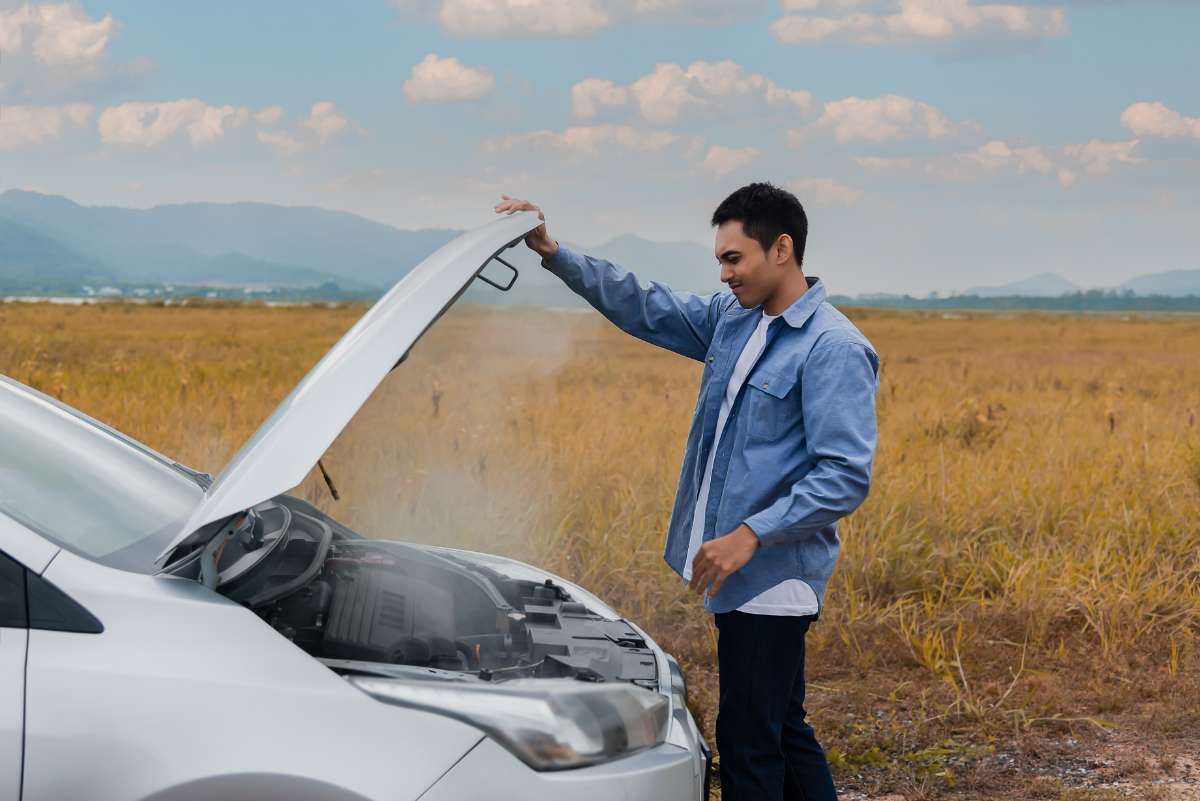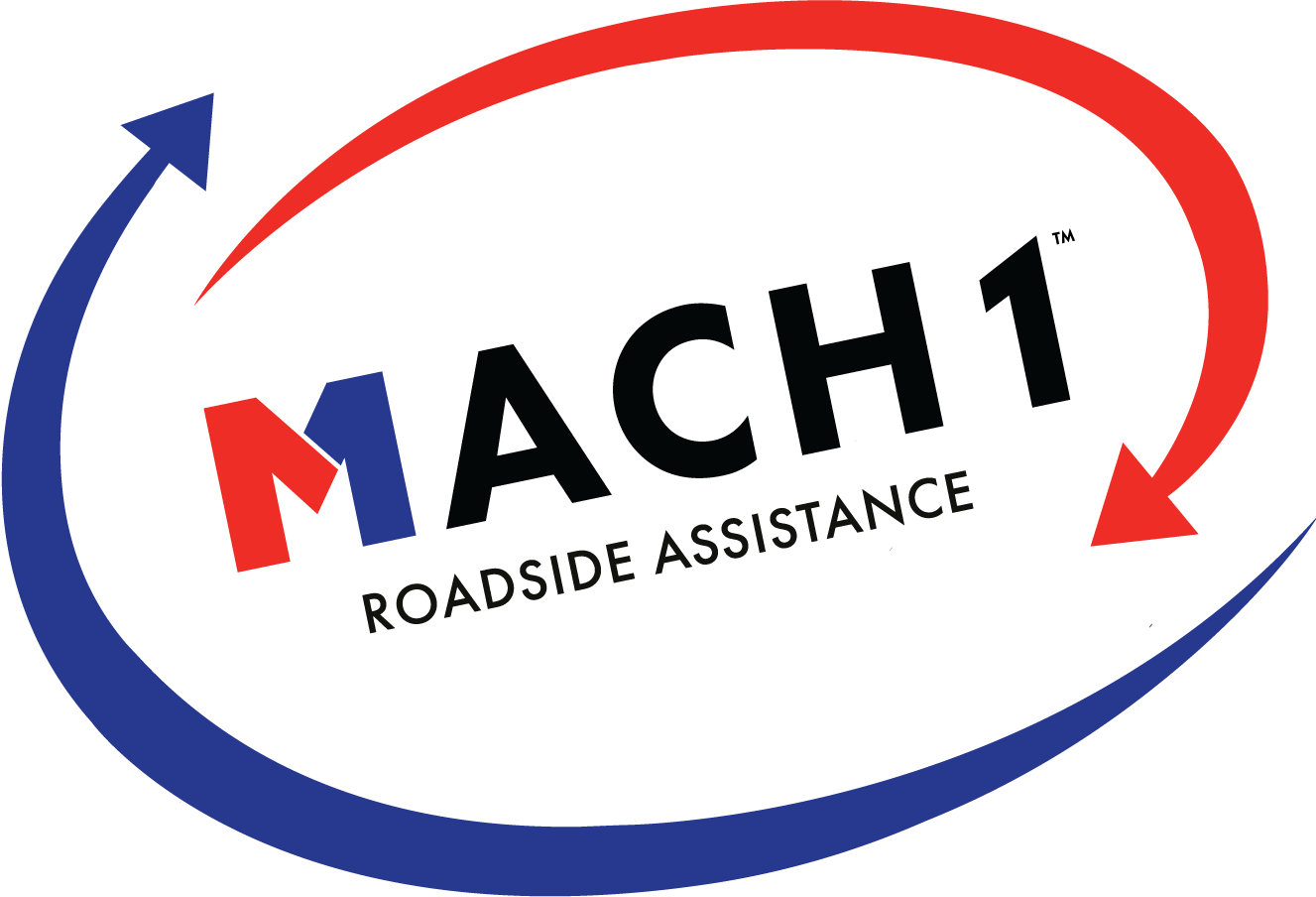
31 May What to Do in Case of a Vehicle Overheat: Quick Guide
A vehicle’s engine operating at too high a temperature is a situation that no driver wants to experience. Not only can an overheating vehicle leave you stranded, but it can also lead to expensive repairs if not handled correctly. In this guide, we will look at what you should do if your vehicle overheats, including steps to cool the engine down quickly and safely, and how long it may take to cool down.
Recognizing the Signs of Overheating
Recognizing the signs of an overheating vehicle is crucial. Some common signs include:
- Steam or smoke coming from under the hood
- A hot hood or radiator
- An unusual smell, like burning oil or rubber
- The temperature gauge on your dashboard reaching the red or a warning light turning on
If you notice any of these signs, it’s time to take immediate action to prevent damage to your vehicle.
What to Do When Your Car Overheats
- Pull Over: As soon as it’s safe, pull over to the side of the road. Continuing to drive an overheating vehicle can cause severe engine damage.
- Turn Off the Engine: After pulling over, turn off the engine to allow it to cool down.
- Contact Roadside Assistance: If you’re not comfortable handling the situation or if the problem seems severe, contact a roadside assistance service. They are equipped to deal with these situations and can safely assess and remedy the problem.
Can I Still Drive My Car if It Overheats?
In short, no, it’s not recommended to drive your car if it’s overheating. The risk of damage to your engine is too great. When an engine is running too hot, the parts can warp, melt, or seize up. The head gasket, which ensures a tight seal between the engine block and cylinder head, can also fail, leading to more costly repairs.
How to Cool Down Your Car Engine Fast
If your vehicle overheats, it’s essential to cool the engine down as quickly and safely as possible to avoid permanent damage. Here are some steps you can take:
- Turn off the Air Conditioning: The air conditioning system puts a lot of strain on the engine. Turning it off can help reduce the engine’s workload and allow it to cool down.
- Crank up the Heater: While it might sound counterintuitive (and uncomfortable), cranking up the heater can help draw excess heat away from the engine.
- Pop the Hood: Once you’re safely pulled over and the engine is off, pop the hood to allow heat to dissipate more quickly. Be careful and avoid touching parts under the hood, as they could be extremely hot.
- Add Coolant: If the engine has cooled down sufficiently, you may be able to add coolant to the radiator, helping to further cool the engine. Be sure to use a towel or rag to open the radiator cap, as it may be hot.
How Long Does It Take for a Car to Cool Down After Overheating?
The time it takes for a car to cool down after overheating depends on various factors, including the extent of the overheating, the outside temperature, and the vehicle itself. Generally, it’s best to wait at least 15 to 30 minutes before trying to handle any components under the hood. In some cases, it might take longer. Always err on the side of caution, and if in doubt, wait a little longer or call for professional help.
How Do You Fix a Car That Overheats?
If you’ve managed to cool down your overheating car, the next step is to identify and fix the issue that caused the overheating in the first place. This might be a task for a professional mechanic, especially if the problem isn’t immediately apparent. However, here are some possible causes and solutions:
- Low Coolant Levels: This is one of the most common causes of overheating. If your coolant levels are low, refill them to the appropriate level. Remember to use the correct coolant for your vehicle and mix it with water if required. Always check for possible leaks, as they may be the reason for the low coolant level.
- Faulty Thermostat: The thermostat regulates the flow of coolant through the engine. If it’s stuck or broken, it might cause the engine to overheat. If you suspect a faulty thermostat, you will likely need to take your vehicle to a mechanic for a replacement.
- Blocked Radiator: Debris, rust, or scale can block the radiator, reducing its cooling efficiency. A professional can flush the radiator to remove any blockages.
- Damaged Water Pump: The water pump circulates coolant through the engine. If it’s damaged or worn out, it may not circulate coolant effectively, causing the engine to overheat. A damaged water pump typically requires a replacement by a professional.
- Worn or Broken Belts and Hoses: Belts and hoses are vital for the operation of the cooling system. If they’re worn or broken, they might cause the engine to overheat. Check for any visible damage and replace any faulty components.
In Conclusion
An overheating car can be alarming, but with the right knowledge, you can handle the situation safely and effectively. The most crucial point to remember is not to continue driving an overheating vehicle. Pull over safely, allow the engine to cool, and seek professional help if needed.
Preventive measures, including regular vehicle maintenance and promptly addressing any cooling system issues, can help avoid the problem of an overheating vehicle. Always keep an eye on your temperature gauge and take any signs of overheating seriously.
Remember, while some causes of overheating can be fixed on the road, others might require professional help. Don’t hesitate to call for roadside assistance or take your vehicle to a mechanic if you’re unsure about the problem or its solution.
Curious about what happens when a car runs out of fuel? Find out more in our informative article on “What Happens When Your Car Runs Out of Fuel” to understand the potential consequences and the recommended steps to take in such a situation.
